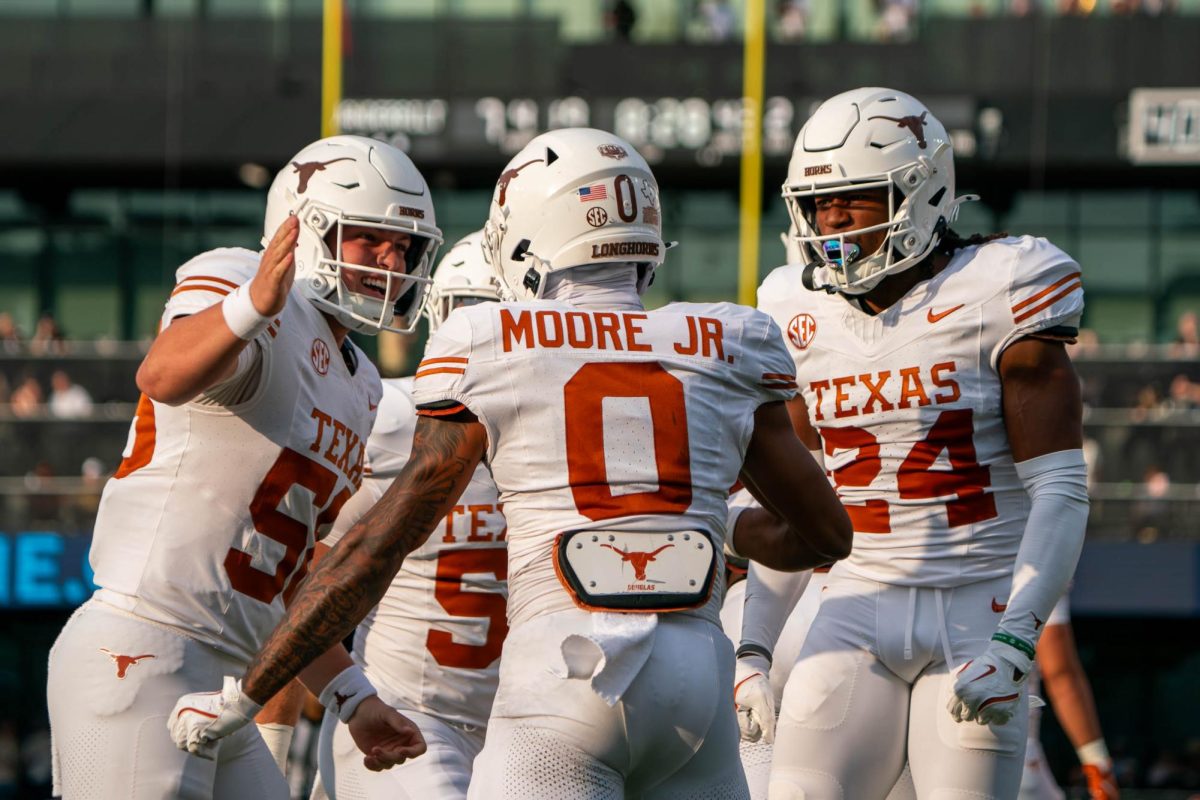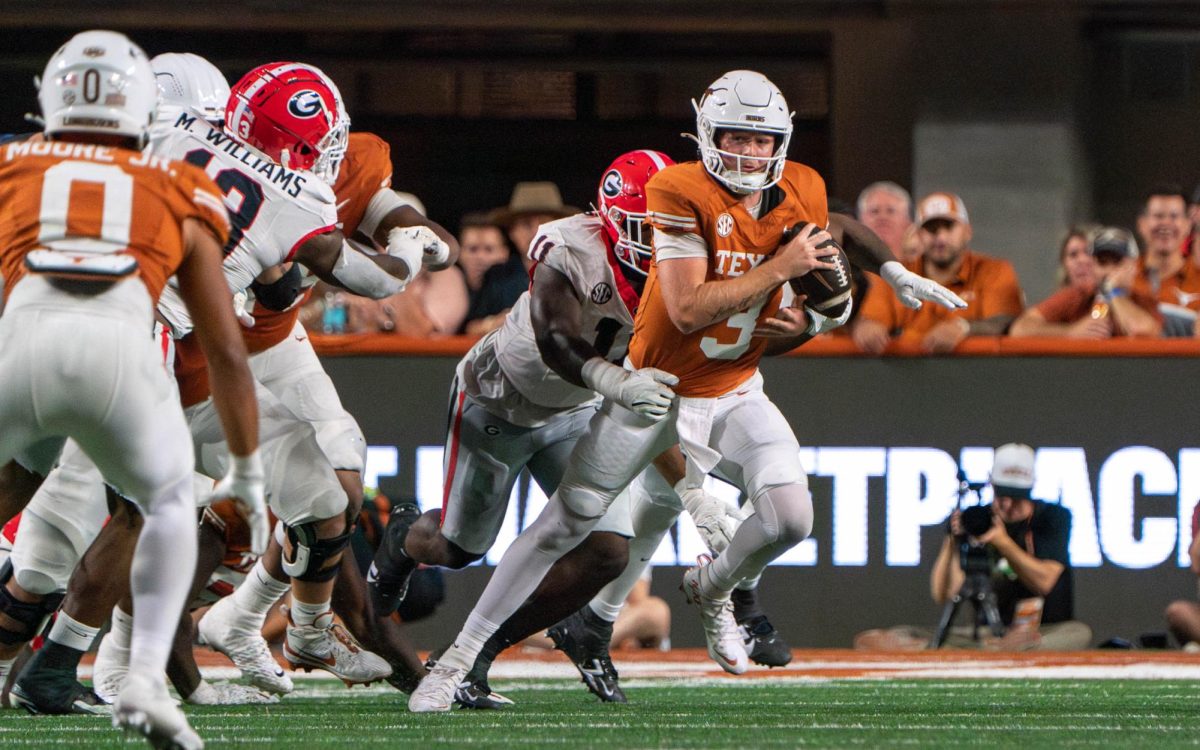Binge drinking: It is not an inescapable part of college life, or part of being the “in” crowd.
We are not saying, “Just say no!” or offering paternalistic instructions. We are talking about the consequences of moderation vs. binge drinking so that grown-up college students, who can get married, be in legally binding contracts and own guns, can also make their own smart choices about alcohol.
In this day and age, one might expect that objective information about alcohol should be easily available. That is not the case, however, due to interest groups and activist organizations and their influence on state, federal and global guidelines. One can find information provided by health agencies, the neo-prohibitionist organizations that vary in spectrum from having anti-alcohol-abuse to simply anti-alcohol focus, the modern day “wets” who distrust any alcohol regulation, and lastly the alcohol industry, all of which contribute vastly different information. It would be a suspension of disbelief to trust any one source solely — including our point of view in this article — that might be influenced by our cultural and personal biases and our professional research aimed at understanding and ameliorating addiction. But if you are drinking or planning to start soon, here is food for thought so that you can make an informed personal choice.
It is claimed by some federal reports that the epidemic of binge drinking can account for up to 45 percent of total alcohol consumption while others point to numbers less than 10 percent. The actual numbers are debatable, but the dangers of binge drinking and the need to reduce it are not. The National Institute on Alcohol Abuse and Alcoholism defines binge drinking as a pattern of drinking that brings a person’s blood alcohol concentration above 0.08 percent. This usually takes around five drinks for males and four for females in a span of approximately two hours. A person does not need to measure his or her own blood alcohol level to know if he or she is binging; self-awareness and assessment of friends is usually sufficient.
Binge drinking, especially as a regular pattern, is associated with many health problems including alcohol poisoning, liver diseases, cardiovascular diseases, sexual dysfunction and fetal alcohol syndrome in unborn children of a pregnant binger.
In addition, according to the Centers for Disease Control and Prevention, binge drinkers are more than 10 times more likely to report driving under the influence of alcohol compared to non-binge drinkers. Federal agencies claim this contributes heavily to the 2.5 million deaths per year worldwide caused by alcohol related incidents. Activists, as well as a few well-respected researchers, dispute the actual numbers of deaths due to alcohol consumption, binge alcohol drinking and the economic costs in various reports.
Nonetheless, people on both sides of the argument of ethanol regulation agree with the damaging effects and health consequences of binging. Heavy — but not moderate — alcohol consumption is linked with many crimes apart from driving accidents. While the correlation between alcohol and crime is undeniable, there is heated argument as to whether alcohol actually causes crime or merely acts as a societal permission slip for perpetrators to commit preconceived crimes, as suggested by some placebo alcohol studies. Without doubt, blackouts due to heavy inebriation leave people vulnerable to crimes of predation such as rape.
Moderate amounts of alcohol, on the other hand, have been associated with many health benefits including delaying dementia and Alzheimer’s disease, improving cardiovascular function and reducing incidences of strokes, type 2 diabetes, osteoporosis, gallbladder diseases, arthritis, renal cell carcinoma, thyroid cancer and non-Hodgkin lymphoma. Moderate drinking is no more than 2 drinks for women and no more than 4 drinks for men in a day, preferably well spaced with snacks or meals to slow ethanol absorption. The benefits of drinking, however, can be outweighed by the risks when moderate-drinking turns to binging, and these dangers should offer sufficient warning to anyone binging to take the happy middle path of moderation or quit altogether.
The modern day prohibitionists argue in favor of increased taxation, increased legal age of drinking, banning advertisements that are claimed to target college students and, in extreme cases, complete alcohol bans and dry days. Some of these strategies have been proven to work, while others have shown to be counterproductive. Advocates of relaxing regulations on alcohol consumption, on the other hand, argue that making alcohol the forbidden fruit and creating a false sense of an alcohol epidemic causes peer pressure to drink. Whether we continue to live in the shadows of prohibitionist laws or enter an era of fewer regulations, irrespective of the political and legal wrangling, it is not going to be a completely dry world in the foreseeable future, as our experience of increased alcohol consumption during Prohibition era has taught us. In the end, whether to suffer from damages of binging, enjoy moderate consumption or abstain altogether remains a personal decision. We hope that your decision is an informed one.

















